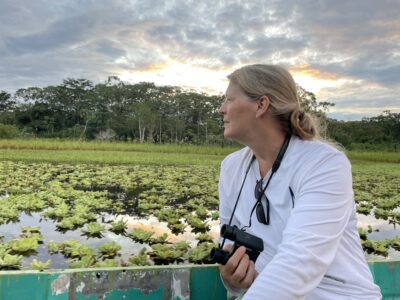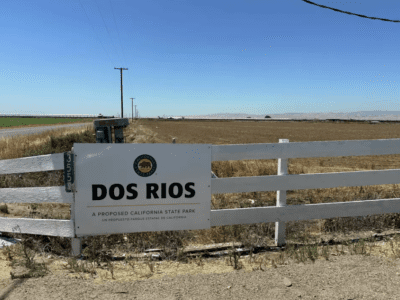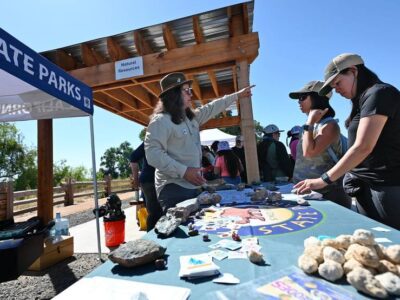Monarch butterflies once crossed the western states by the millions. Today, studies suggest that in just a few short decades, the western monarch butterfly population has decreased by an estimated 95%. From scientists to schoolchildren, observers have sounded the alarm: Monarchs are in danger of disappearing forever, and habitat loss is thought to be one of the largest contributors.
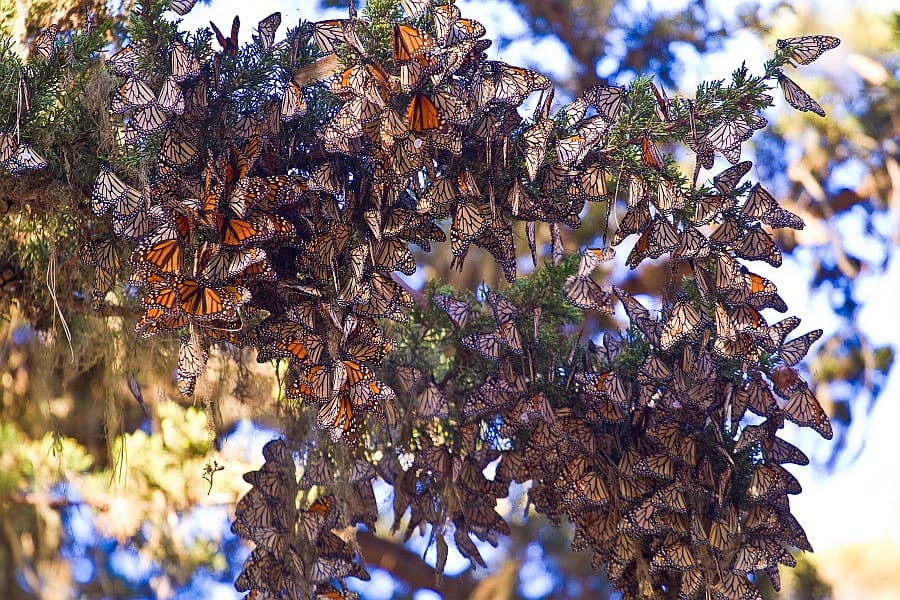
It looks bleak for the monarch, but it’s not too late. River Partners is embarking on a powerful partnership to reintroduce monarch habitat at what may be the largest scale ever in the Western US. Through a grant just approved by the Wildlife Conservation Board, River Partners, California Department of Fish and Wildlife (CDFW) and other conservation organizations will plant 595 acres of milkweed and nectar-rich plants on along rivers and streams in California from the northern Sacramento Valley to San Diego County. Planting native food sources, including milkweed, will help migrating butterflies survive their multi-generational journey inland from their wintering grounds on the coast of California to their summertime destination as far east as the Rocky Mountains.
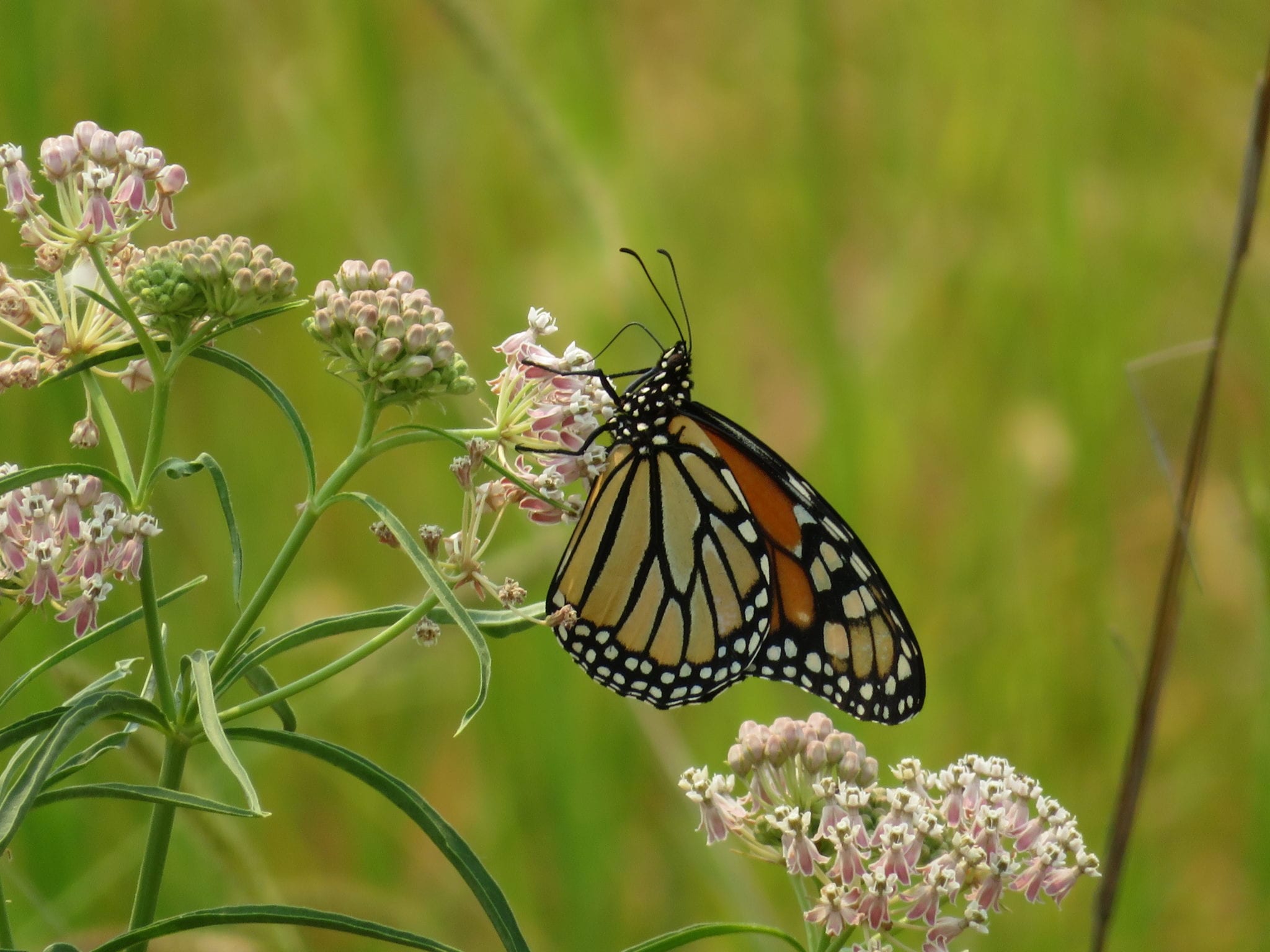
Revitalizing native vegetation along California’s rivers and streams is a promising strategy for helping the monarch survive their incredible multi-generation spring migration from the coast to the intermountain west.” — John Cain, River Partners Director of Conservation
The western monarch butterfly is famous for its long migration to the coast of California, but its inland springtime journey is the one that decides its fate. As temperatures warm, the monarchs follow the bloom of nectar-rich plants along California’s great inland rivers, laying their eggs on milkweed plants and giving rise to subsequent generations.
Milkweed is critical to the survival of the monarch butterfly. It provides monarch caterpillars with all the nutrition they need before undergoing metamorphosis, and its natural toxins accumulate in monarch tissue, making the caterpillars and butterflies unpalatable to predators. Ensuring the monarchs have access to milkweed during their spring migration is the best way to restore the resilience of their once-thriving populations.
River Partners’ Western Monarch Restoration Project will implement important recommendations made by the Western Association of Fish and Wildlife Agencies in the 2019 Western Monarch Habitat Conservation Plan, which notes that, “historical records of monarch collections in the western North America suggested fall migrants often followed riparian corridors, likely reflecting reliable distribution of water, nectar resources, and roost trees in these landscapes.” The plan recommends creating “a minimum of 50,000 additional acres of monarch friendly habitat … in California’s Central Valley and adjacent foothills” by 2029.
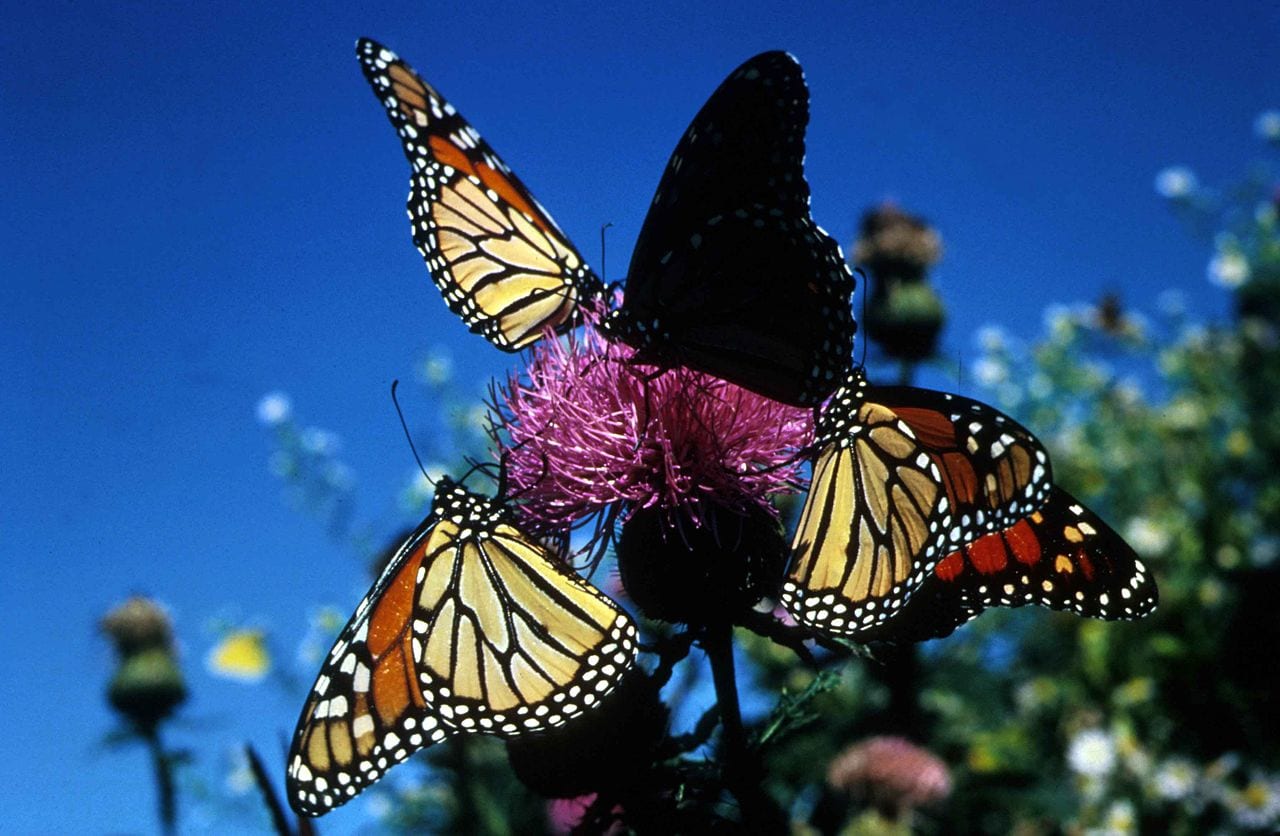
Multiple conservation groups and other partners are working together on this ambitious restoration effort. CDFW is providing a majority of the land (approximately 495 acres) where River Partners will plant milkweed. Environmental Defense Fund promoted the legislation to fund the work and is helping landowners establish milkweed on private property. The Xerces Society along with Dr. Cheryl Shultz from Washington State University will design and monitor the results, and develop the science necessary to improve upon the data that informs our restoration plans. Our partners at Great Valley Seed will grow out the different varieties of native milkweed that we will plant at the restoration sites, and River Partners will complete all of the on-the-ground work, including site preparation and planting.
River Partners’ experience restoring native plants on a large scale along rivers in the Central Valley and foothills complements the work of partners like the Xerces Society, the California Department of Fish and Wildlife, Environmental Defense Fund, and Great Valley Seed.
Together we are delivering the on-the-ground expertise, land, science, and funding necessary to achieve Monarch habitat recovery at a scale not coordinated before in the western U.S.”- Julie Rentner, River Partners President.
River Partners brings new life to river landscapes through our many partnerships with dedicated organizations and local communities. Together, we are working to restore native plant life to riparian areas throughout the Central Valley, for the benefit of pollinators and a broad range of other species.
River Partners is excited to have this opportunity to work with our partners on a landmark project that will not only protect the monarch butterfly but also support other important species that depend on riparian habitat for their survival. The result of this collaboration will be revitalized river landscapes and new hope for the monarch butterfly.
You can help River Partners restore monarch butterfly habitat. Your gift supports development of more projects that bring milkweed and other monarch food sources back to California riverways.
This is the first in a River/Shift series about the monarch butterfly. Up next, a look at how and why river habitat is so critical to the migration of the monarch, and how Central Valley kids and communities are coming together to help save monarch butterflies.


